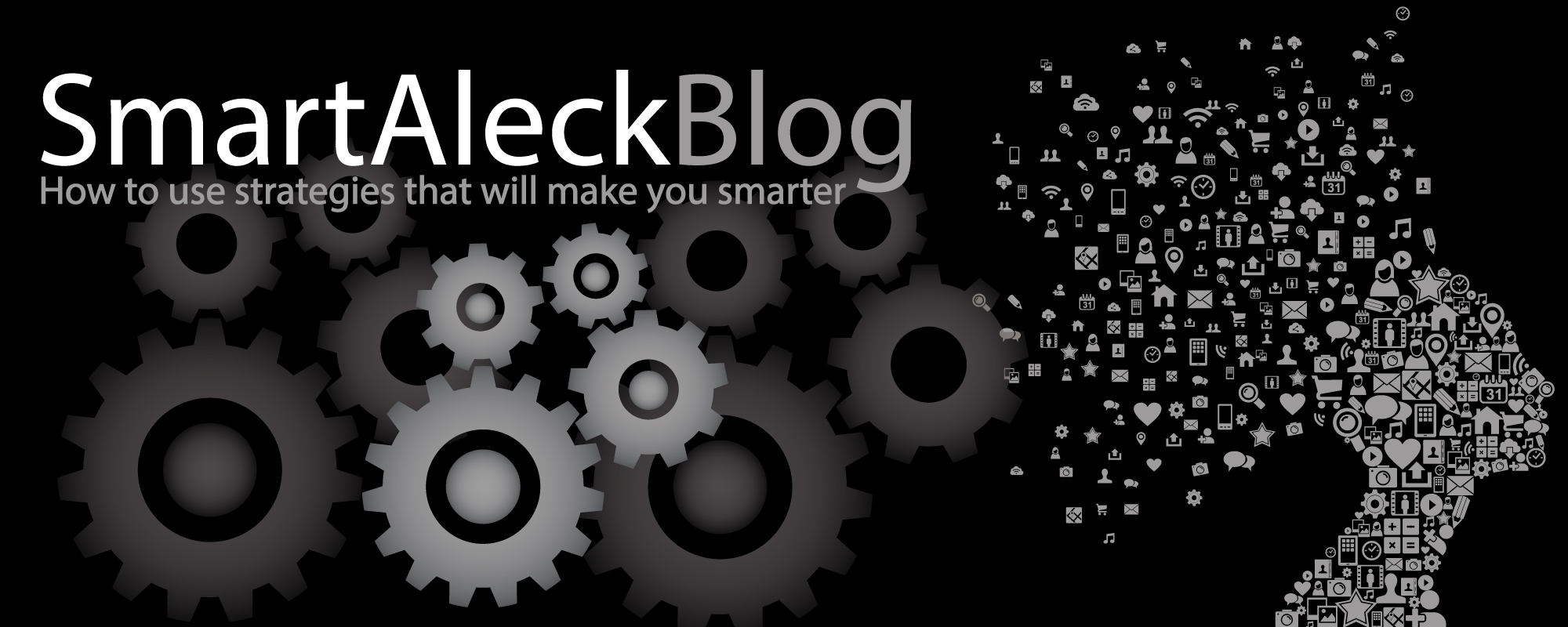
The What? So What? Now What? This prediction model is a structured reflective framework used to analyze situations, make sense of their implications, and determine future actions. It is commonly applied in business strategy, education, and leadership development.
Breakdown of the Model:
- What?
- This stage focuses on objective observation and data collection.
- Questions to ask:
- What happened?
- What are the facts?
- What is the situation or trend?
- So What?
- This stage emphasizes interpretation and significance of the observations.
- Questions to ask:
- Why does this matter?
- What are the implications?
- How does this connect to larger trends or business goals?
- Now What?
- This stage is about decision-making and action planning based on the insights gained.
- Questions to ask:
- What should be done next?
- What are the potential future outcomes?
- How can we adjust our strategy based on these insights?
Application in Prediction Modeling:
In a predictive analytics or business forecasting context, this model can be adapted to structure data-driven decision-making:
- What? → Identify patterns and trends in historical data.
- So What? → Analyze the potential impact of these trends on business performance.
- Now What? → Develop strategies to capitalize on opportunities or mitigate risks.
Would you like a specific example of this applied in a business or education setting?
How can you use this prediction model in your life?
Let me know!!






